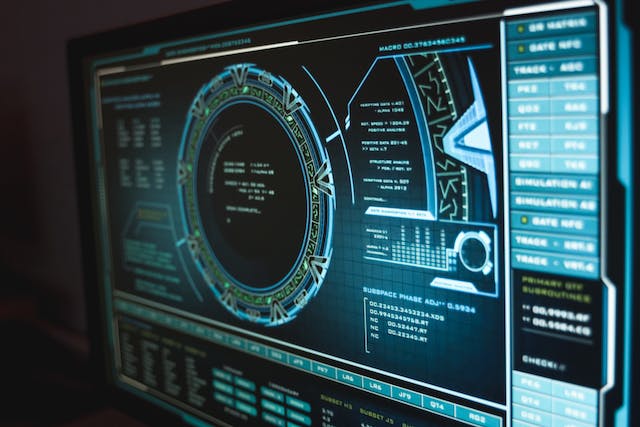
In the shadowy realms of cyberspace, threats evolve as swiftly as the technologies they exploit. Resecurity’s insightful forecast for 2024 paints a vivid picture of the challenges that lie ahead. At the heart of this digital battleground are public companies, now prime targets for ransomware attacks. As regulatory requirements around incident disclosure tighten, cybercriminals are sharpening their tactics, employing extortion and manipulation to exploit these vulnerabilities.
The energy sector, particularly oil, gas, and nuclear facilities, braces for heightened cyber onslaughts. Here, the stakes are geopolitical, with nation-state actors and cybercriminals blurring the lines between cyberterrorism and cybercrime. The peril of such attacks is not just in their immediacy but also in their potential to wield data and access as weapons of geopolitical influence.

In this tumultuous landscape, artificial intelligence (AI) emerges as a double-edged sword. Its weaponization transforms the nature of warfare, elevating cyber threats to unprecedented levels. AI-driven autonomous weapons and sophisticated cyber tools like deepfakes and AI-powered malware redefine the boundaries of conflict and defense.
Amidst this chaos, smart cities face their own set of challenges. The integration of AI technologies into urban infrastructures, while promising efficiency, opens new avenues for cyber attacks. The rising sophistication of these threats calls for a proactive, comprehensive cybersecurity approach, integrating technology, policy, and constant vigilance.
Furthermore, digital identity stands at the forefront of cyber threats. Attacks targeting these digital personas threaten large-scale data breaches, with dire consequences for individuals and businesses alike. As the financial world digitizes, protecting these identities becomes paramount, necessitating advanced authentication methods and regulatory vigilance.
In 2024, the cyber threat landscape is not just a technical challenge; it is a test of our collective resilience and adaptability.